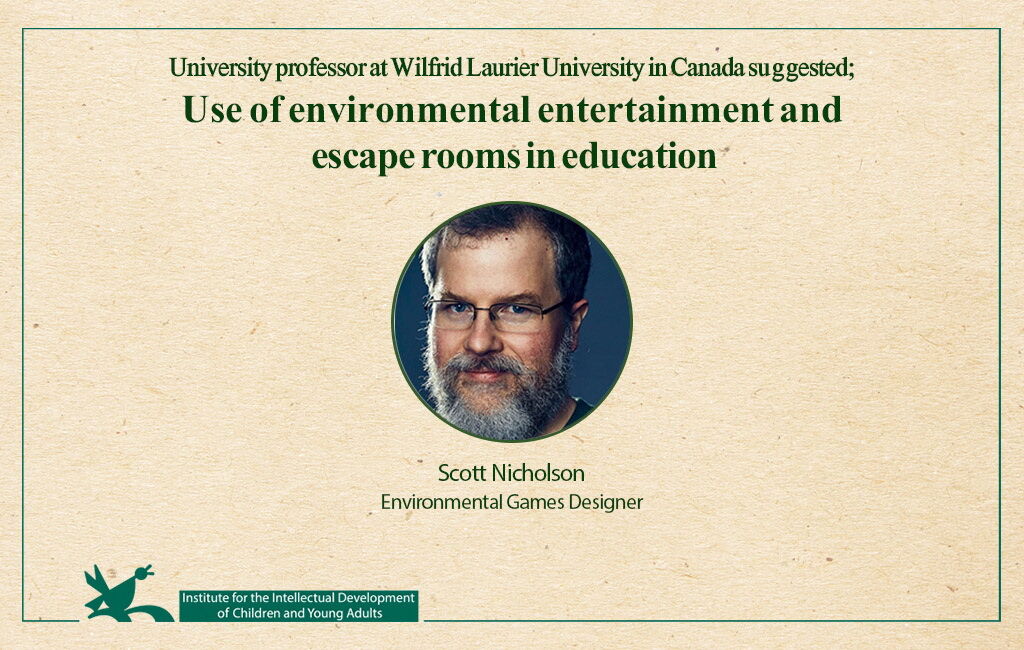According to Kanoon General Directorate for Public Relations and International Affairs, Scott Nicholson stressed in a virtual meeting with the designers and ideators of the Fourth National IdeaAzad Toy Bootcamp and Entertainment Stakeholders that environmental entertainment should be designed in the form of puzzles and or escape rooms. Familiarizing families and new generations with this possibility and thus helping to preserve cultural and national values through this form of entertainment.
Scott Nicholson, professor at Wilfrid Laurier University in Ontario, Canada, and a game designer, emphasized the need for a commitment to history and storytelling, adding: What are the characteristics of people in these places in the past and what activities have they been engaged in? Then use this information to design the features and how the players interact with the environment.
According to this university lecturer, if we do this process correctly, the form of the game we designed will be unique and attractive.
In another part of his speech, Nicholson pointed out that in countries like the United States, the subject of environmental entertainment and riddles is still fear and horror because that is what makes money the most. However, this is not the only possible issue for this type of entertainment.
He went on to say about the variety of topics for designing environmental entertainment: "It is even possible to design educational and recreational entertainment for ordinary audiences or students with fully educational and skillful topics, such as medical training."
He said in the presentation, which was held on the Skyroom platform by the General Administration of Creative Entertainment and Computer Games: these games are performed in a limited time, are performed live in the environment, are based on finding clues, and they are also based on solving puzzles. According to this game designer, these are the primary and standard features in designing this type of game that he also referred to as Escape Games.
Scott Nicholson explained about environmental games such as escape rooms: "This type of games does not have to be scary or the player has to escape from somewhere, but it can also have cultural or educational aspects." Many of these centers around the world closed last year due to the outbreak of Covid, but some that remain have concluded that they need to use divers topics for different age groups to attract an audience.
The Canadian designer and researcher answered the question, "Can environmental games become part of formal education in the future?" "There are still schools today that use this method to teach different concepts to their students, but on a large scale, this has never happened before," he said. Also, if we want such methods to be widely used in all schools and districts, it needs to have the most miniature tools and complexity so that people who study in deprived areas can also benefit from them.
The fourth Ideaazad National Event of Institute for the Intellectual Development of Children and Young Adults (Kanoon) is being held with the announcement of a public call and registration of those interested in the field of Iranian toy design in the year of “Production, Support and Overcome obstacles.” This meeting, as one of the programs of this event, was held on Wedensday, Auguest 11, 2021, organized by the General Administration of Creative Entertainment and Computer Games of Institute for the Intellectual Development of Children and Young Adults (Kanoon).

